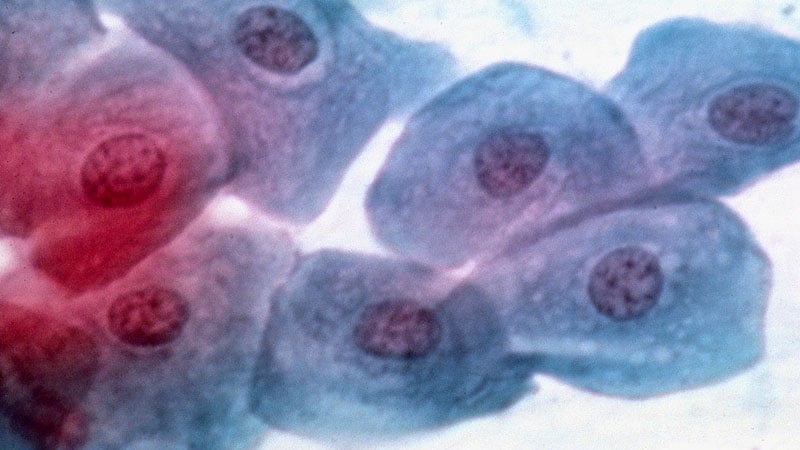Cervical Cancer Screenings and Preterm Birth Risk in Young Women
Core Concepts
Higher rates of cervical cancer screenings in young women increase the risk of preterm delivery.
Abstract
The content discusses the association between cervical cancer screenings and preterm birth risk in young nulliparous women. Here is a breakdown of the key points:
- Study Findings:
- Increased cervical cancer screenings correlate with higher preterm delivery risk.
- No significant change in very preterm delivery risk observed.
- Mothers with hypertension or diabetes face higher preterm delivery risk.
- Impact of Screenings:
- Additional screenings before childbirth lead to a direct increase in preterm delivery risk.
- Young women are more prone to preterm delivery.
- Cervical Lesions and Procedures:
- Biopsy and excisional procedures post-screening can slightly increase preterm delivery risk.
- False-positive results and lesion regression are common in young women.
- Screening Programs:
- Intensive screening programs can lead to more preterm births.
- Optimal screening strategies should balance cancer detection benefits with neonatal risks.
- Recommendations:
- Individualized conversations with patients are crucial for understanding screening benefits and risks.
- Data Analysis:
- Study used CDC data to analyze the association between screenings and birth outcomes.
- Expert Opinion:
- Dr. Valea urges caution in interpreting large population analyses.
- Changes in screening guidelines reflect concerns about cervical function and HPV clearance.
Customize Summary
Rewrite with AI
Generate Citations
Translate Source
To Another Language
Generate MindMap
from source content
Visit Source
www.medscape.com
Cervical Cancer Screenings Linked to Preterm Births
Stats
For each additional recommended screening before childbirth, there was a direct increase in absolute PTD risk of 0.073.
An estimated 1,348 PTDs could have been averted in 2018 with reduced screening requirements.
The most intensive screening program was associated with a 250% increase in preterm births compared to the least intensive program.
Quotes
"If you screen someone for cervical cancer and find a cervical lesion, the possible next steps can include a biopsy and an excisional procedure to remove the lesion." - Ms. Bromley-Dulfano
"Often these large numbers will show statistical differences that are not clinically significant." - Dr. Valea
"It has virtually wiped out cervical cancer in the U.S., bringing it from No. 1 to No. 13." - Dr. Valea
Key Insights Distilled From
by Diana Swift at www.medscape.com 07-24-2023
http://www.medscape.com/viewarticle/994703
Deeper Inquiries
What are the potential long-term impacts of reducing cervical cancer screenings in young women?
Reducing cervical cancer screenings in young women could have significant long-term impacts on public health. While less frequent screenings may reduce the risk of preterm deliveries associated with overtreatment, it could also lead to missed opportunities for early detection of cervical lesions and cancer. Delayed diagnosis may result in more advanced stages of cancer at the time of detection, leading to poorer treatment outcomes and higher mortality rates. Additionally, decreased screening frequency may hinder efforts to monitor and control the prevalence of HPV infections, which are a major risk factor for cervical cancer.
How can healthcare providers effectively communicate the risks and benefits of cervical cancer screenings to patients?
Healthcare providers can effectively communicate the risks and benefits of cervical cancer screenings to patients by engaging in personalized and informative discussions. It is essential for providers to explain the purpose of screenings, the potential outcomes of abnormal results, and the implications of various treatment options. Using clear and simple language, providers should address the risks of overtreatment, such as preterm deliveries, while emphasizing the life-saving benefits of early cancer detection. Shared decision-making should be encouraged, allowing patients to actively participate in the decision-making process based on their individual preferences and values.
How might advancements in HPV vaccination impact future cervical cancer screening guidelines?
Advancements in HPV vaccination have the potential to significantly impact future cervical cancer screening guidelines. As vaccination programs become more widespread and effective, the prevalence of HPV infections, particularly high-risk strains, is expected to decrease. This reduction in HPV transmission could lead to a decline in the incidence of cervical precancerous lesions and cancer. Consequently, screening guidelines may be revised to reflect the changing landscape of HPV infections and associated risks. Future guidelines may recommend less frequent screenings for vaccinated individuals or adjustments in the age of screening initiation. Continued research and surveillance will be crucial in determining the optimal integration of HPV vaccination and cervical cancer screening strategies.
0
